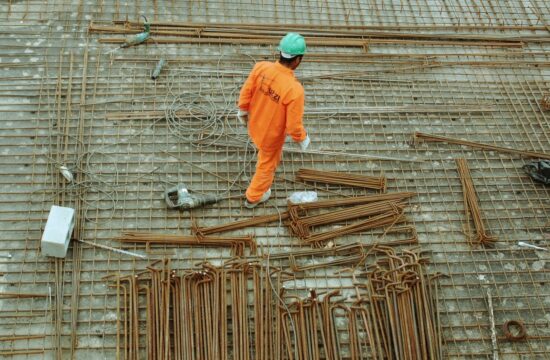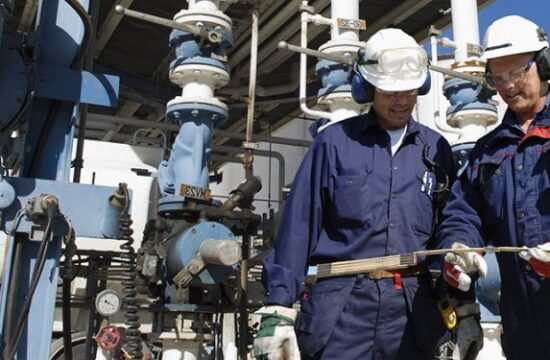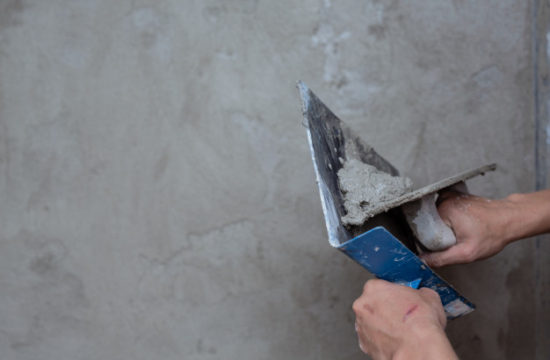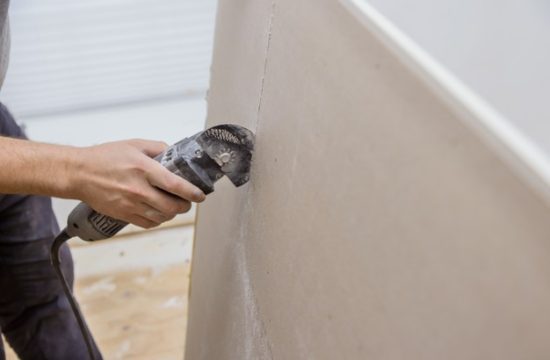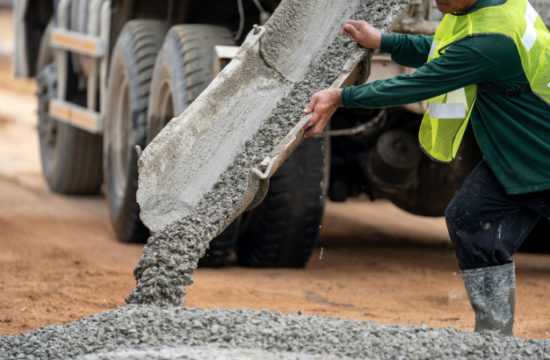Cement based plaster
Cement based plaster is made by blending cement, sand, and water, typically, the proportion of cement and sand is 1:4. The thickness of plaster relies upon the surface to be plastered and could be associated with 12 to 20 milliliters. Here and there, plasticizers are likewise blended in the plaster to shield dividers from parasites.
Pros:
- The best thing about Cement based plaster is that it very well may be utilized both for outer just as interior plastering.
- Cement based plaster is the smartest choice with regards to plastering outside dividers since it is dampness safe and will ensure the divider against environment changes just as natural contamination.
- Additionally the toughness factor in Cement based plaster settles on it the ideal decision for inner plastering as well. Cement fortifies the dividers, particularly the empty substantial squares.
- Likewise, with regards to electrical fittings and wiring, Cement based plaster won’t foster breaks and offer a solid base for boring and holding it together.
Cons:
- The surface after Cement based plastering will in general look lopsided and unpleasant. Thus, it will require an extra interaction to accomplish a smooth completion. Frequently, POP is applied to the plastered dividers to give it a smooth completion.
- Cement-plastered dividers and roofs require water restoring for about seven days. Without the cycle, the surface won’t acquire strength and may before long foster breaks.
- Over the long run, surfaces may even cause hairline breaks.
Gypsum Plaster
It is an instant plaster and is utilized subsequent to blending it in with water. It is white in shading and powder in structure. The thickness fluctuates for divider and roof plastering, for the divider it very well may associate with 11 millimeters while for the roof, the thickness is just around 8 millimeters. Gypsum plaster is likewise warmed at explicit temperatures to get various kinds of plasters.
Pros:
- Dissimilar to Cement based plaster, gypsum plaster doesn’t need punning or any exceptional cycle to accomplish perfection on a superficial level. Subsequently, it saves expenses and time.
- Cement based plaster must be arranged physically however gypsum plaster is accessible in prepared structure. Consequently, setting it up is a lot simpler and advantageous.
- Gypsum plaster doesn’t extend or contract with time; thus shrinkage doesn’t occur.
- Gypsum plaster is extricated from gypsum rock and later dried out to acquire the powder structure. The greatest benefit is that gypsum plaster can be reused constantly commonly.
- It saves a ton of time since it dries quickly and you can begin your artistic creation work inside 72 hours of plastering.
- An incredible advantage of gypsum-plastered dividers is that its warm conductivity is low and henceforth is capable of keeping your home cool during summers and warm during winters.
- The high safe nature to fire and form ensures your dividers and roofs for quite a while.
Cons:
- The primary detriment of gypsum plastering is that it is reasonable just for inside plastering.
- It isn’t dampness safe and consequently unacceptable for moist regions like washrooms, storm cellars, overhangs or kitchens.
- One should be cautious when working with gypsum plaster when the plastering and painting work is finished. Being moderately delicate in its property, gypsum plaster will in general break or foster breaks effectively when boring into the dividers for electricals, inside decorations, wiring, and so on
Which one’s better?
Both have pros and cons, yet with regards to outside plastering, nothing beats Cement based plaster. For inside plastering, gypsum plaster is regularly favored particularly as it dries speedier and is not difficult to get ready and level.
There are additionally different explanations behind picking gypsum plaster. It saves time and cost since it doesn’t need water restoration, not at all like Cement based plaster. Contingent on the spot of construction, water may not be accessible at all or might be over the top expensive.
Gypsum plaster additionally dries quicker, so there is no holding up time needed to begin painting and other work. Since gypsum plastered dividers have a decent completion, you needn’t invest extra energy and cash on extra smoothening of the completions.
Likewise, gypsum is regularly liked by engineers as a component of the inside plastering as it saves cost.
Cement based plaster must be set up with the correct proportion of sand and cement, any fixing in abundance and you won’t get the correct plaster surface. At the point when you use gypsum plaster, you should simply blend it in with enough water.
Gypsum plaster is likewise a green item as it very well may be reused constantly.
On occasion dividers plastered with cement may foster breaks or shrinkage following a couple of months, however gypsum plaster remains flaw free for a more extended time frame. It doesn’t mean it is more grounded and tough than cement.
At the point when a correlation is made, gypsum plaster appears to procure more positive focuses. Notwithstanding, when it absolutely comes to solidness, Cement-based plaster is better over the long haul.


